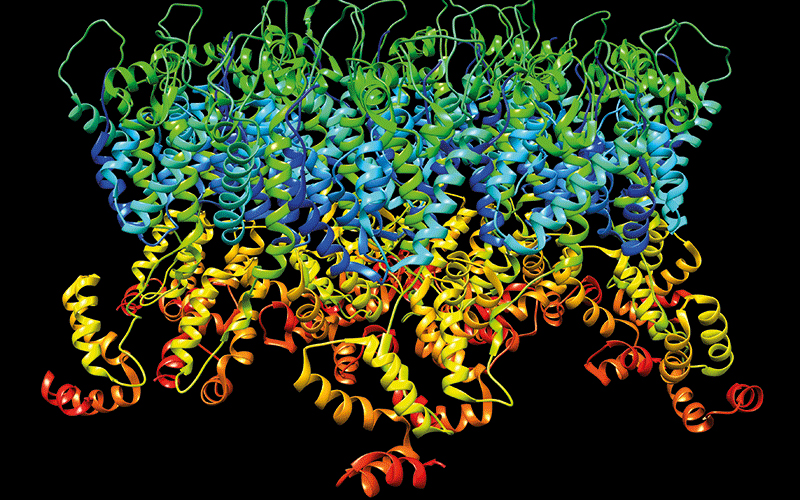Gene-editing therapy aimed at two targets – HIV-1, the virus that causes AIDS, and CCR5, the co-receptor that helps the virus get into cells – can effectively eliminate HIV infection, new research shows.

The study is the first to combine a dual gene-editing strategy with antiretroviral drugs to cure animals of HIV-1.
“The idea to bring together the excision of HIV-1 DNA with inactivation of CCR5 using gene-editing technology builds on observations from reported cures in human HIV patients,” said Kamel Khalili, Chair of the Department of Microbiology, Immunology, and Inflammation at the Lewis Katz School of Medicine.
“In the few instances of HIV cures in humans, the patients underwent bone marrow transplantation for leukaemia, and the donor cells that were used carried inactivating CCR5 mutations.”
Dr Khalili and Howard E Gendelman, Professor and Chair of the Department of Pharmacology and Experiential Neuroscience at University of Nebraska Medical Center, were senior investigators on the new study.
The two researchers have been long-time collaborators and have strategically combined their research strengths to find a cure for HIV.
“We are true partners, and what we achieved here is really spectacular,” Dr Gendelman said. “Dr Khalili’s team generated the essential gene-editing constructs, and we then applied those constructs in our LASER-ART mouse model at Nebraska, figuring out when to administer gene-editing therapy and carrying out analyses to maximise HIV-1 excision, CCR5 inactivation, and suppression of viral growth.”
Image credit | Science-Photo-Library



